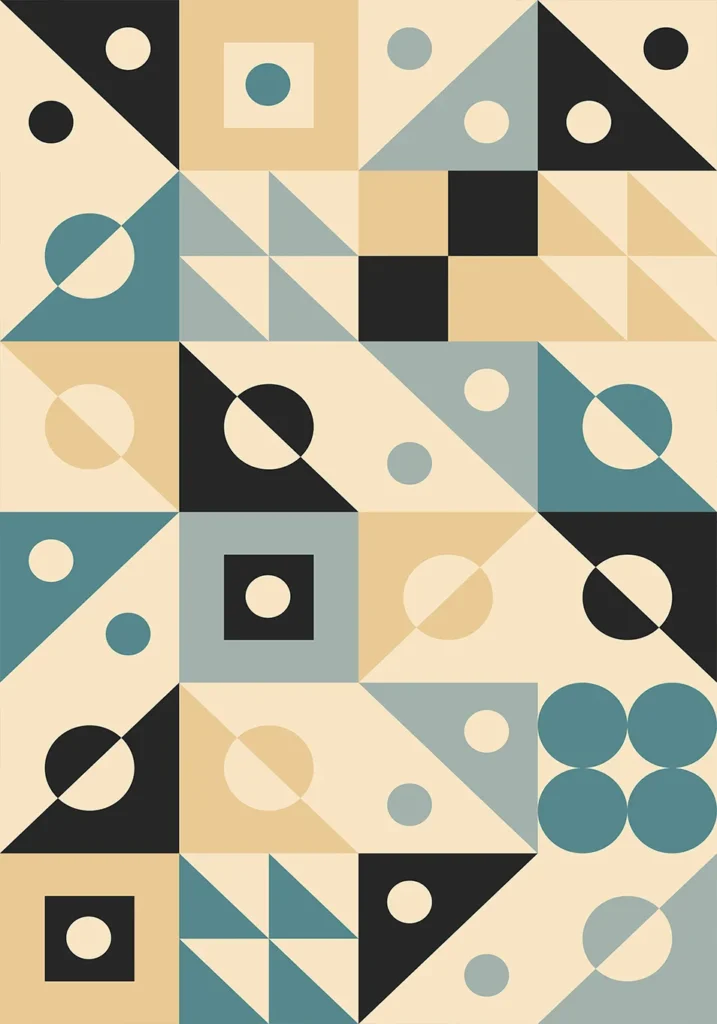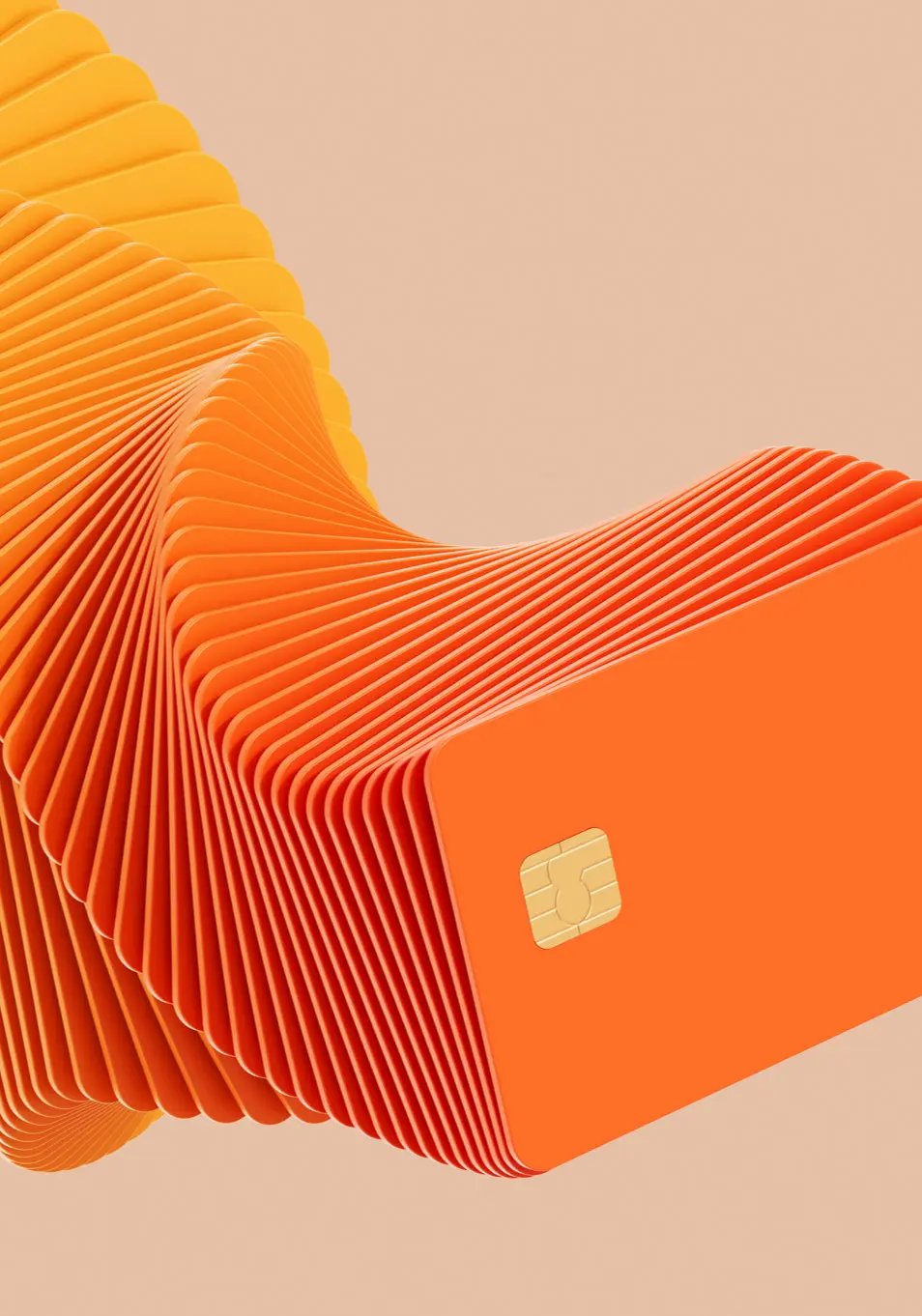AI and Design: A Powerful Ally, Not a Replacement
Artificial Intelligence has rapidly become one of the most influential tools in modern creative work. From generating mood boards and drafting early concepts, to writing copy and accelerating prototyping, AI has changed the way designers and artists approach their projects. For many, it feels like a silent collaborator—always available, endlessly patient, and incredibly fast. But while AI can amplify creativity, it also comes with clear boundaries. To understand its place in the world of design, we need to look at both its strengths and its limitations.
Where AI Excels
One of the strongest advantages of AI is speed. What used to take hours—like exploring color palettes, testing font combinations, or generating alternative layouts—can now be accomplished in minutes. This allows designers to iterate more, test more, and move beyond the obvious solutions faster. AI also helps with overcoming creative blocks by providing unexpected ideas or references that can spark new directions.
Another important benefit lies in automation. Designers no longer have to spend as much time on repetitive, technical tasks such as resizing assets, formatting documents, or cleaning up large datasets. This frees them to focus on what really matters: the core creative vision.
The Human Touch
Yet, no matter how advanced AI becomes, it struggles with something essential: context, intention, and taste. True design is not just about producing a visually pleasing image—it is about communicating meaning, shaping emotions, and fitting into cultural, social, and brand-specific narratives. This requires human judgment, empathy, and an understanding of subtle cues that AI simply does not possess.
AI also tends to overfit to patterns. It can imitate styles impressively well, but it rarely invents something truly groundbreaking on its own. The originality of human designers—the ability to mix influences, break rules deliberately, and tell stories that resonate—remains beyond AI’s reach.
“Brush up on colors and their associated emotions to make sure you nail the mood and tone of your brand.”
Collaboration, Not Competition
For designers today, the key is to see AI not as a competitor but as a collaborator. It can accelerate the technical side of the work, offer a wider set of options, and even expand imagination—but the final responsibility for coherence, strategy, and artistry still lies with people. In this sense, AI is more like a high-powered assistant than a substitute for genuine creativity.




What do you think?
It’s a modern look and suits up-and-coming brands that offer a unique product or service.